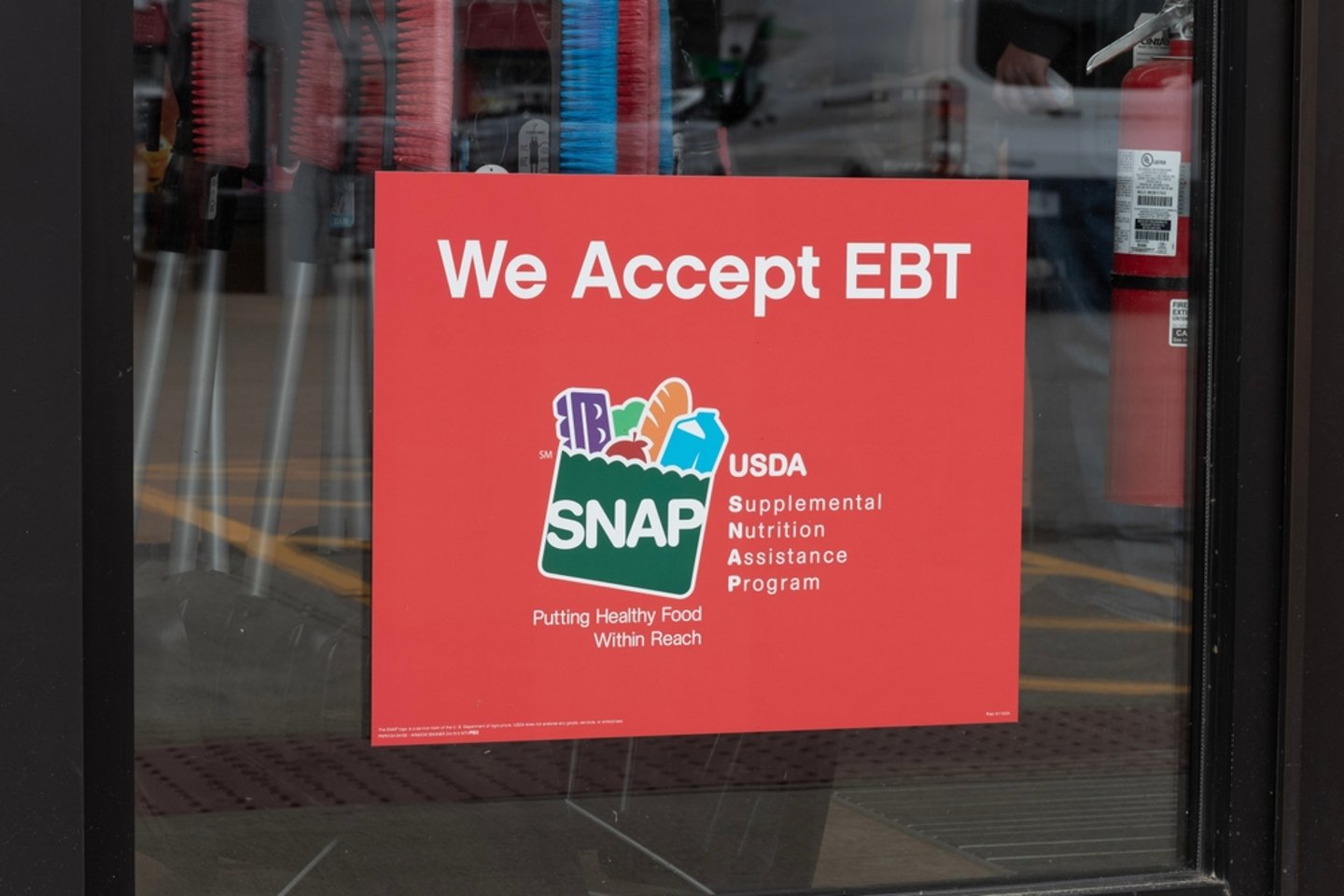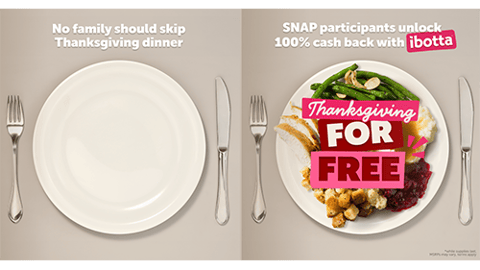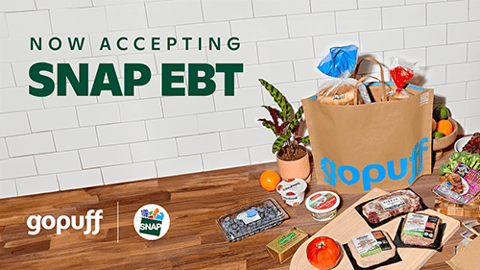SNAP Shoppers Spend 32% More Than Non-SNAP Shoppers
According to a new report from consumer insights firm Circana, SNAP households spend 32% more per buyer than non-SNAP households, a 1% increase year over year. The report, “Understanding the Resilience of SNAP Shoppers,” explores the behaviors of SNAP consumers, uncovering opportunities for CPG manufacturers and retailers to better support this group.
Although SNAP shoppers make 22% more store trips than non-SNAP households, their spending on each trip remains lower. Because of the program’s restrictions on eligible purchases, these shoppers buy a higher percentage of food and beverage items and show a preference for convenience and functional hydration. In spite of a slight dip in SNAP participation – down 1.7% year over year – the group retains considerable influence over 20% market share, mainly in value-based channels. While private-brand spending among SNAP shoppers remains close to non-SNAP levels, their higher frequency and dollar spend on name brands demonstrate brand loyalty within this cohort.
[RELATED: Instacart 1st E-Grocery Platform to Introduce SNAP Eligibility Screener]
“SNAP participants have shown incredible resilience over the past year, even in the face of continued economic challenges,” noted Sally Lyons Wyatt, global EVP and chief advisor at Chicago-based Circana. “With one in eight Americans relying on SNAP for their nutritional needs, this group represents a critical segment for retailers and manufacturers. We expect to see growth in many food and beverage categories driven by SNAP shoppers throughout the next year. Successfully attracting, retaining and re-engaging them will require thoughtful planning and targeted strategies.”
Even with SNAP shoppers’ preference for name brands, co-promoting “occasion deals” encompassing both private and name brands can help increase basket sizes and provide more value to these households. Affordability remains a year-round priority for SNAP consumers, spotlighting their demand for accessible meal solutions.
For products or stores losing both dollars and trips, careful pricing strategies and precise timing of promotions are key to hang on to shopper loyalty. Categories gaining both dollars and units should incentivize purchasing several items through discounts and engage with shoppers via social media campaigns. Aligning local marketing efforts with payment schedules can further improve buy rates and frequency.
Meal and appliance ideas tailored to SNAP shoppers’ “just-in-time” buying habits will meet their need for convenience. Using U.S. Department of Agriculture SNAP education materials can help shoppers find cost-effective ways to maintain their well-being while controlling their budgets. By concentrating on the right assortment, pricing and store placement, retailers and brands can support SNAP consumers while uncovering significant growth opportunities in the food and beverage categories.
Additionally, a recent independent survey of SNAP consumers released by DoorDash found that grocery delivery increases access to nutritious food, saves time and makes it easier for consumers to buy affordable meals.
A leading advisor on the complexity of consumer behavior, Circana offers technology, advanced analytics, cross-industry data and expertise to help almost 7,000 top brands and retailers unlock business growth.






